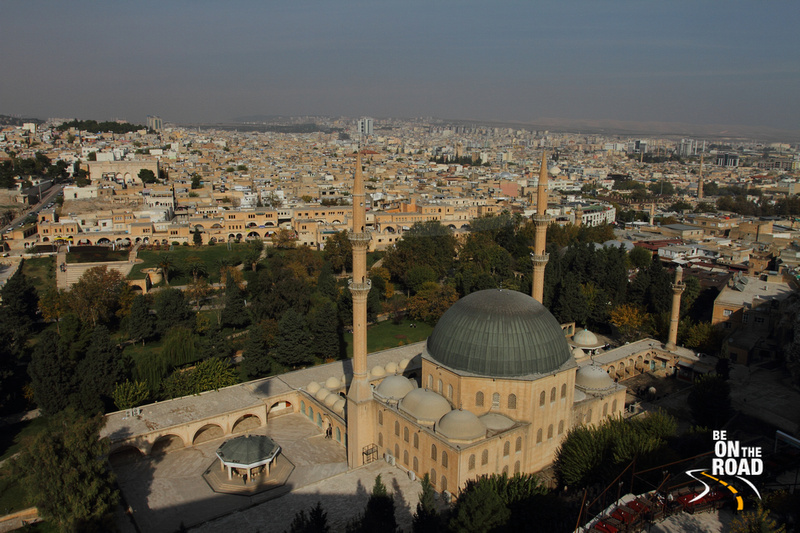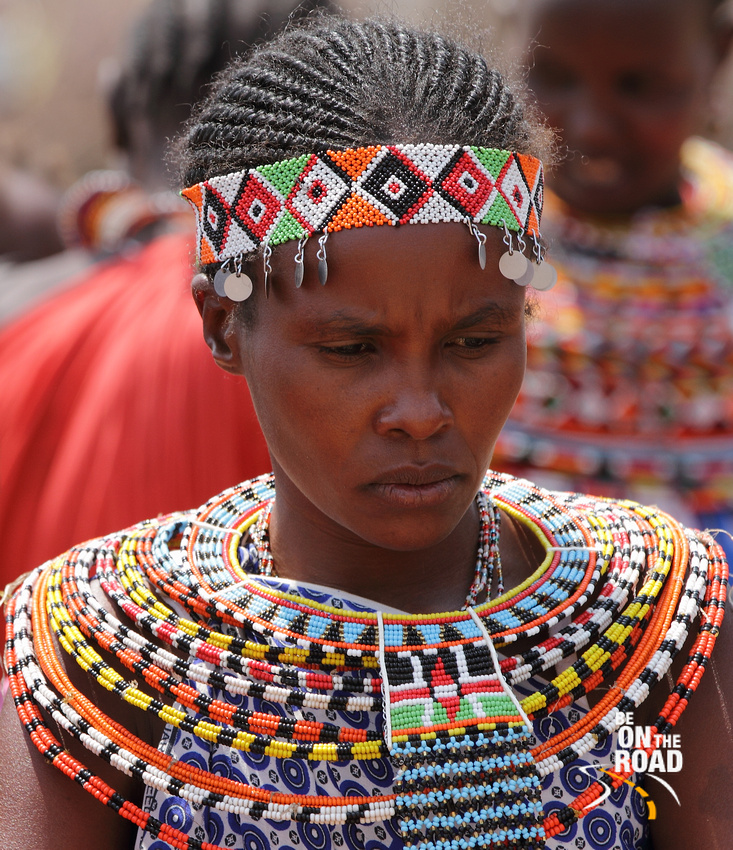Sanliurfa: The Ancient Gem in South Eastern Turkey

This city has recorded history from the 4th century BCE, but it may date back at least to 9000 BCE. About 12 kms from it, is the famous Neolithic site of Gobekli Tepe, the world’s oldest known temple that was founded in the 10th millenium BCE. It is located near to the ancient Mesopotamian settlements of Harran and Nevali Cori. It is nicknamed the ‘City of Prophets’, owing to its association with Jewism, Christianity and Islam and because of the belief that it was the hometown of Abraham. I am talking about Sanliurfa, the historical city, located in South Eastern Turkey and not too far away from the Syrian border.

Known in ancient times as Edessa, the city of Sanliurfa is made up of a beautiful mix of Turks, Kurds and Arabs. Most tourists to Turkey hardly make their way down to this south eastern part of the country. May be, they are worried about border conflicts or may be it is just too far away for them. Either ways, they are missing on a beautiful Middle Eastern city with a gorgeous flavour of culture and architecture. The locals are warm, super friendly and eager to strike a conversation with you.

History, culture and local food are on the top of must-experience attractions in Sanliurfa. A Sanliurfa experience starts with a visit to the Cave of Abraham that is home to many mosques and Balikligol (a holy fish pond). It is here that you will see the Mevlid-i-Halil mosque, built next to the site where prophet Abraham is believed to have been born. And a short walk away is the 9th century Urfa castle from where you can catch a bird’s eye view of Urfa city. As you meander in different directions from the Cave of Abraham, you will pass through colourful atmospheric bazaars, Turkish baths, traditional Urfa houses, Rizvaniye mosque, Ayn Zeliha, the great mosque of Urfa, Sanliurfa museum, Golbasi garden, Urfa Armenian Protestant church, the Syriac orthodox church of St Peter and St Paul and the ruins of the ancient city walls.

And when you head a little but out of the city, you have the 11,500 year old temple at Gobekli Tepe, the temple of Nevali Cori (Neolithic settlement dating back to 8000 BCE), the Euphrates river, the fortress of Rumkale near the Euphrates river and Attaturk dam. If you are really into ancient history, I am pretty sure that you will unearth many other hidden gems by talking to locals or sticking with people with interest in archaeology.

Sanliurfa is that beautiful mix of offbeat culture, rich ancient history, authentic Middle Eastern experience and friendly locals. It takes a while to reach this part of the country and having experienced it first hand, I cannot stop recommending it to you. If you like history, lazy city walks, chatting with locals, exotic locale and vibrant markets, this place is for you!

Best season to visit:
Summers are very hot at Sanliurfa and are best avoided. The best season to visit would be the cooler months between October and February. Days can be warm even during this time, so it will be best to wear a headscarf, hat, sunscreen and sunglasses.

How to reach there:
You can either fly into Sanliurfa or get in by road. Sanliurfa has daily flights from Istanbul and Ankara, but the number of flights are low. If you don’t have a lot of time at hand, you should fly. If you have time on your hand, I would recommend traveling via Mardin or via Ankara so that you can visit some of the lesser visited destinations of Turkey.

Where to stay:
There are many village homestays, traditional guest houses and hotels to choose from. The Yuvacali village home stays are best if you wish to experience rustic life along with rich Kurdish hospitality.

Where to eat:
You can eat at your place of stay or at one of the many restaurants in the local bazaar. The iconic dishes to try out are cig kofte or raw kebabs, pistachio Kunefe desserts, Lahmajun (Turkish Pizza) and Liver kebabs. Zahter Kahvalti is a great place to eat some traditional local food.
When I was there at Sanliurfa, I stayed at the Aslan guest house, a traditional looking house that welcomes backpackers and that is located right in the heart of the city and close to all the main places.
There is also a Hilton in town if you wish to splurge.

Other nearby tourist attractions:
1) Gobekli Tepe: The oldest temple in the world
2) Mardin: Gateway to Mesopotamia
3) Gaziantep: The city that is famous for the iconic baklava
4) Harran: A major ancient city in upper Mesopotamia
5) Karacadag: See rural life here that hasn’t changed much since biblical times. You can still see nomads in their yurts and this is where wheat first originated about 8,800 BCE
6) Lycian way: A 550 km long scenic trek that is home to sensational beaches, great architectural ruins, rich Greek history and stunning views
7) Kayakoy: The Ghost town of Turkey
8) Aphrodisias: Offbeat Greek culture trail in Turkey
9) Cappadocia: One of the most magical places in the world
10) Hierapolis: The ancient Greek spa city


















































